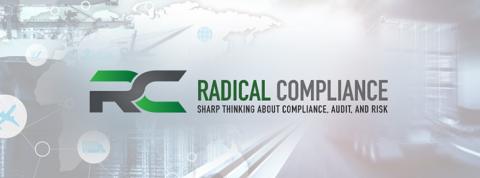How to Conduct a Vulnerability Assessment
Repairing a weakness in your IT environment is always easier than dealing with the consequences of that weakness — like, say, a massive data breach — sometime later. This means your security team must be proficient at finding those weaknesses and assessing your IT environment’s vulnerabilities. Those vulnerabilities can include weak passwords, poor patch management, and lax security training.



